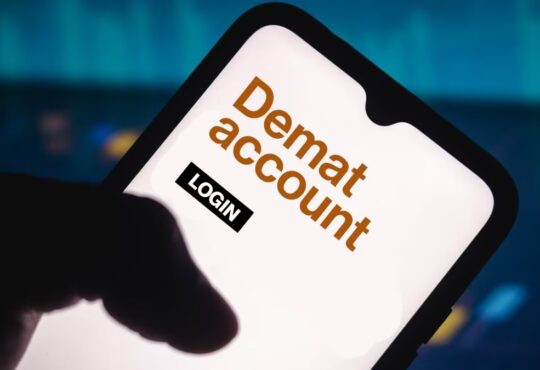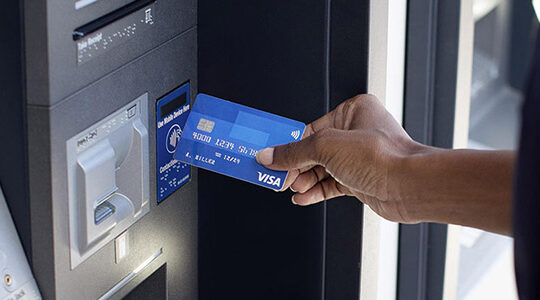
Did you know that companies that have more efficient business expense management SOPs are often found to be more profitable than companies that have only basic compliance measures in place for business expense management? This might seem counterintuitive because increased profitability is usually seen as a product of increased sales or a higher volume of business.
While there is no arguing that a higher billable amount of goods and services sold corresponds to higher earnings, another way to scale up one’s earnings is to curb expenditure. If you observe the world’s most profitable companies, you will notice that while their stakeholders pursue business growth and expansion, they also ensure that expenditure is always controlled and minimized.
Additionally, imagine if you could increase the billable amount of goods and services without having to hire additional resources, and without overburdening the valuable team that you have in hand. And to top it all, you could actually make your team potentially happier, by reducing their data entry burden.
Sounds fairly appealing, but a little idealistic?
Well, as it turns out, businesses have found a way to curb expenditure, scale-up productivity, plug supply chain leaks, have happier clients, less-stressed team members, and better data management. Moreover, they have found a way to do this at about GBP 20 pounds per month. Here’s how it’s done, step by step:
Step 1: invest in an efficient business expense management software
Business expense management software like Dext can help your team to extract information from invoices, bills, receipts, and bank statements within minutes instead of hours. You’ll ease their data and entry burden and free them up for more work, or less mundane tasks. Happier team: check!
Step 2: offer access to employees who shoulder the most expense management burden
The kind of people who should be given access to business expense management software is typically
- People at the grassroots level who feed in lots of data on a data basis, including accountants
- Employees who travel a lot on business and therefore need to claim reimbursements from the countless flight, visa, F&B, and hotel and car rental/coach/taxi receipts (or the assistants who tabulate their expenses for them)
- Team members who shoulder the responsibility of expense approvals
- Heads of departments and head of the business
Insider tips: if you want to test the business expense management first, you are clearly already giving due diligence to expense management.
- Test the software first by opting for a free trial
- Allow people to share log in ids
- Test with fewer log in ids and upgrade to a higher number if need be
Step 3: use the carrot and stick approach to encourage people to file expenses on time
Reward people who file their reimbursements and expenses on time and (mildly) penalize those who feed in expenses late. You need to do this to ensure efficient cash flow and so that you always have a clear and updated idea of cash flow, including amounts owed to the team by way of reimbursements, and to suppliers by way of pending invoices already uploaded as expenses.
Step 4: delegate approvals
Free up your own time for more important tasks by adding expense approvers to the mix. Choose trusted members of the team to check expenses and offer timely approvals. You can stay in the mix and pop in with a question if you feel like the team needs to feel eyes on them to stay diligent and honest with expense reporting.
Step 5: use the time you saved by delegating approvals to gain at-a-glance expense management insights
The system gives you valuable insights on supply chain leaks and more efficient cash flow practices, and about things like how upcoming taxes will affect your productivity. You also get a dashboard that gives you an at-a-glance view of key financial health metrics. Use these to become more profitable.








